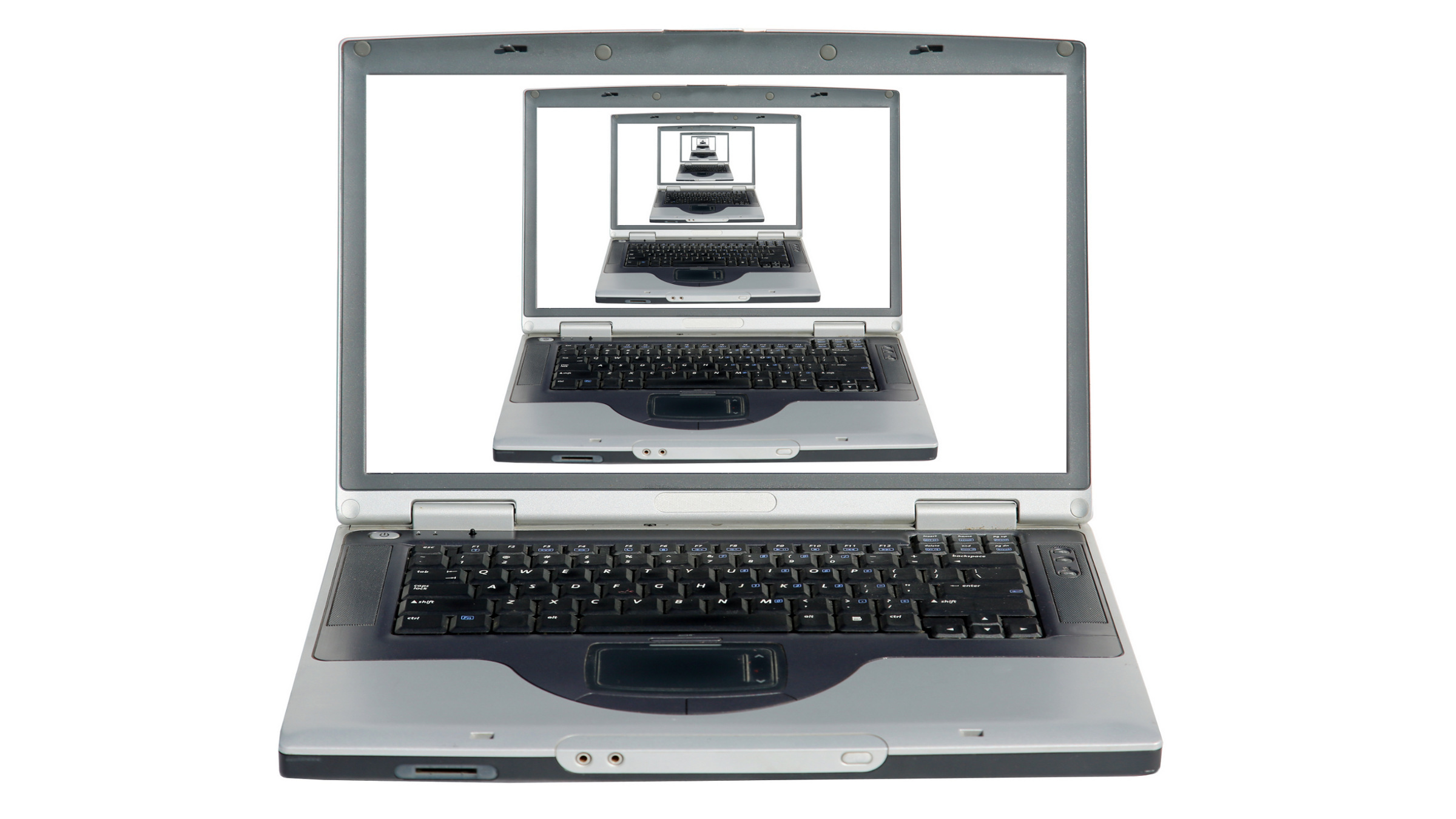The Internet’s roots may be planted firmly in U.S. soil, but its branches now embrace the world, connecting cultures and, thus, reordering our sociological structure on the grandest scale of all. We’re only just beginning to sense the potency of this phenomenon. Indeed, by the time you finish this month’s special section, I’m sure you’ll agree the Net is just starting to scratch the global surface.
Our focus is the global telecommunications infrastructure, particularly as it emerges in China, India, Haiti, Kenya, Thailand, and the rest of the developing world. Guest editor Milton Mueller, working with Communications‘ senior editor Andy Rosenbloom, has coordinated a series of articles that take us on a worldwide journey of telco advancements and possibilities. The authors offer progress reports as well as point out the intangible economic, political, and technological impact these nations will increasingly pose to the infrastructure of the Net.
Mueller contends the U.S-centric nature of the Internet is facing a massive facelift. Until that happens, he warns, "we do not really know what the Internet is or what it can do."
The global groundwork discussion travels beyond the special section to such topics as the amazing potential of limitless bandwidth. Chatterjee and Pawlowski examine all-optical networks, calling the technology a strong candidate for widespread use as the worldwide infrastructure grows. In "International Perspectives," Richard Heeks analyzes software strategies in Africa, Asia, Latin America, and the Caribbean.
In other news, we present a truly hands-on approach to teaching science and engineering; that is, building robots. Beer, Chiel, and Drushel tell of creating an engaging college course that’s energizing students about S&E careers. Judging by the course’s waiting list each semester, they clearly have a winning recipe. Dennis Tsichritzis presents a far different perspective on teaching methods at today’s university. The time has come, he says, to recognize that education is a business and the customer (read: student) is king.
Our columns also touch on noted, and at times unsettling, industry issues. In "From the President," Barbara Simons looks at what we should learn from the Melissa virus in terms of security policies, liabilities, and legacies. In "Viewpoint," Wei-Lung Wang evaluates the "distillation of information," and the potential for real products to aid this process. And Robert Glass reexamines his own convictions on the worlds of theory and practice in "Practical Programmer."
Diane Crawford, Editor
COMING NEXT MONTH: A special section on defensive information warfare encompassing methods for detecting and preventing attacks of your organization’s data gold mine. Also, an exclusive article about Sun’s Jini architecture by one of its builders.



Join the Discussion (0)
Become a Member or Sign In to Post a Comment